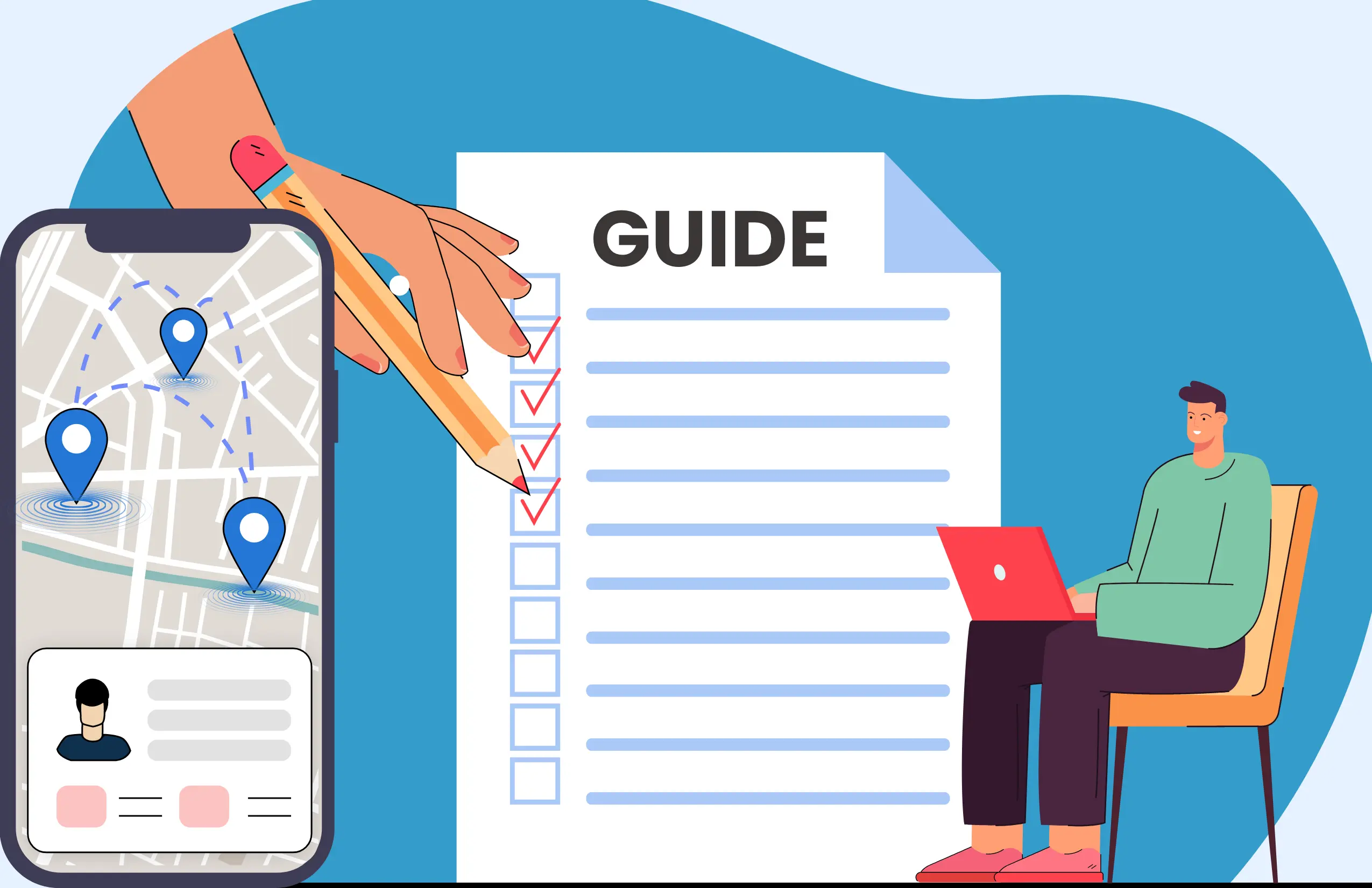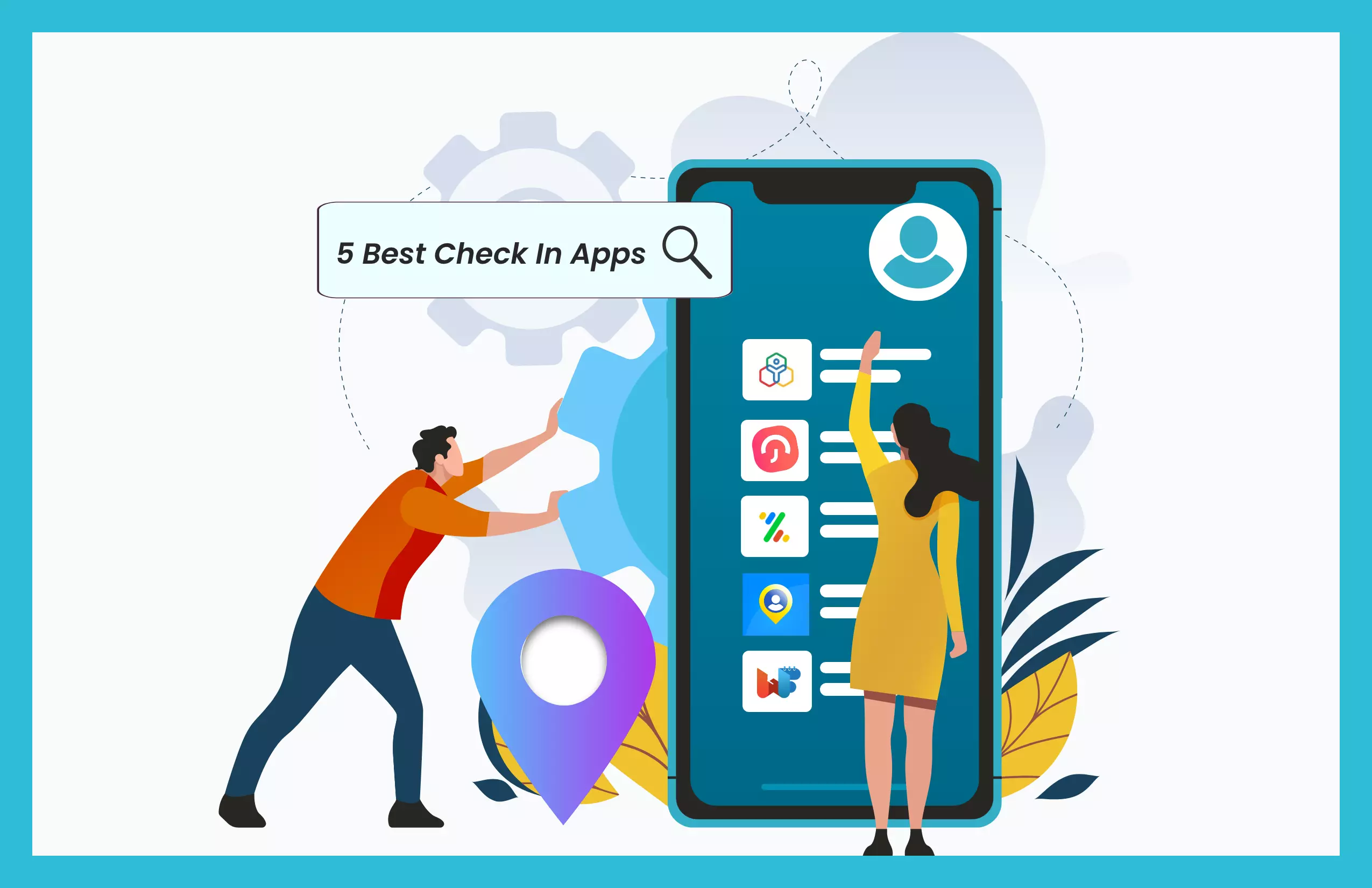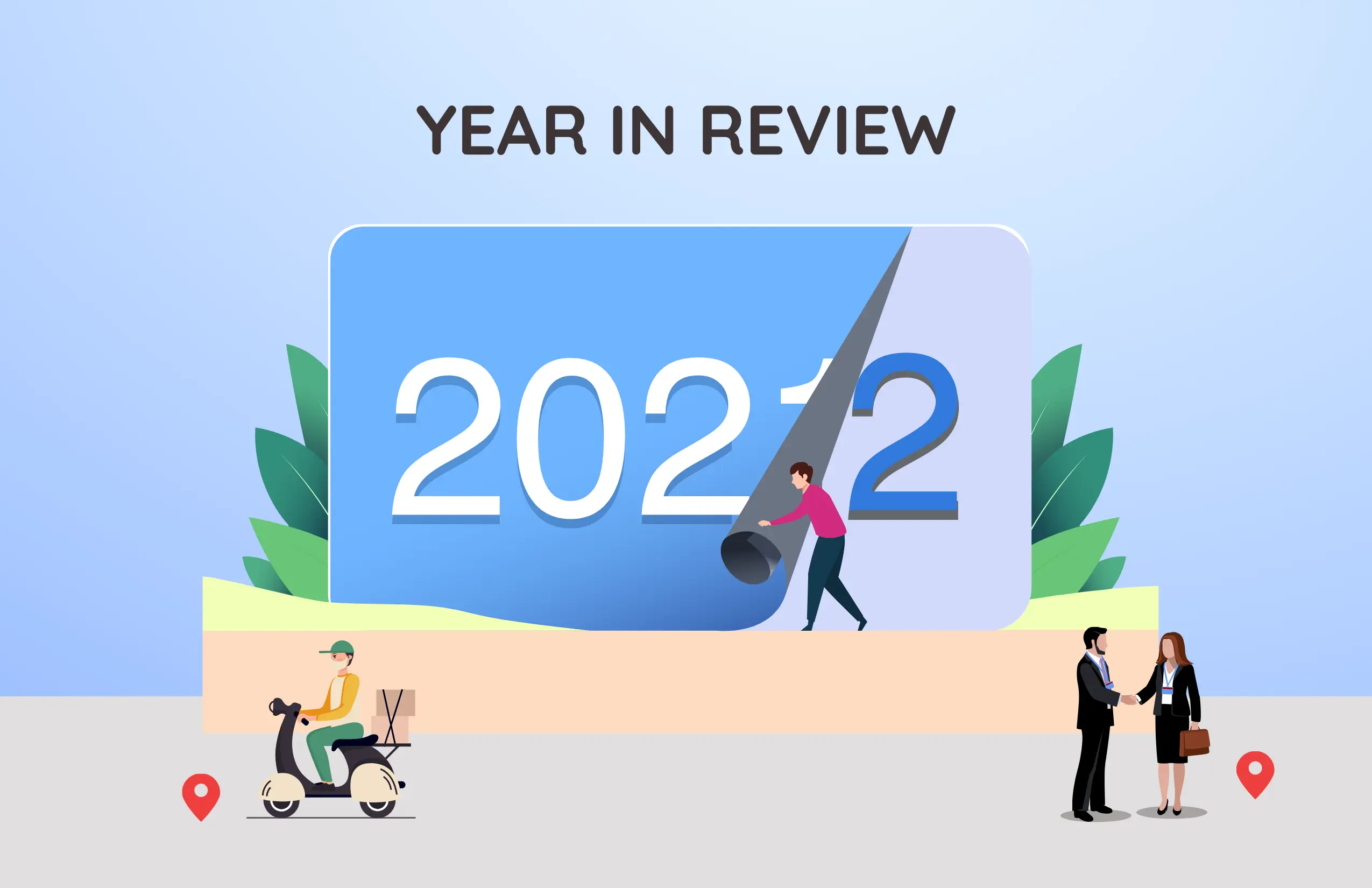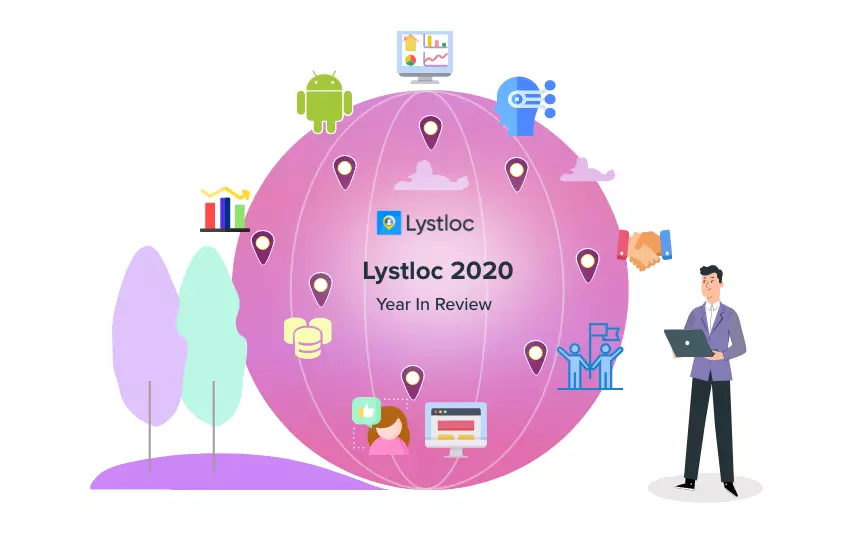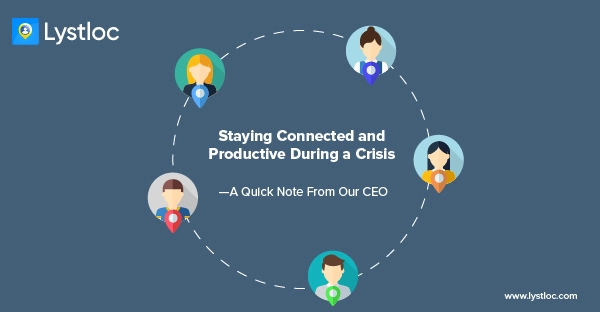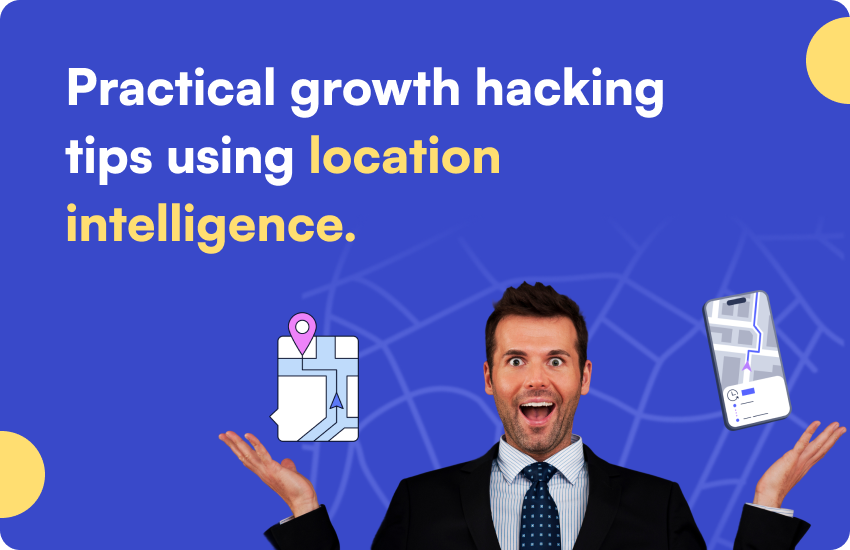
What Is Geo-fencing: How Lystloc’s Geo-fencing Feature Can Benefit In Managing Your Field Employees
Table of Contents
It might be challenging to manage employees when they are spread out over multiple locations at once. The geo-based tracking system has developed as a significant tool for outdoor operations oversight, offering an in-depth understanding of employees and utilization of resources. Businesses are able to benefit from geofencing features in a variety of ways.
It aids businesses in handling resources, performance monitoring, time management improvement, and simplifying manager-field worker interaction. Understanding the company’s requirements and how geo-fencing may assist attain them is crucial. Geofencing is an effective technique to streamline field operations, whether it be to oversee business vehicle fleets or keep an eye on field employees.
What Is Geo-fencing?
A geofence is an artificial geographic barrier that begins and ends at two locations on a map and surrounds a specific area. Any mobile asset, person, or piece of inventory can be geofenced. Once the merchandise, person, or asset has been tagged, one can receive instant alerts or notifications whenever they cross the geofence limit.
The employing of digital fencing of places to secure the attendance of particular employees, sets of individuals, or workforce has become possible via geo-fencing technologies. It is being modified for numerous applications in everyday life and offers increased security inside predetermined virtual borders. Geo-fencing comes in two flavors: passive and active. A passive geo-fence is constantly on and uses mobile data or Wi-Fi to function in background mode, whereas an active geo-fence requests permission for logging in and out of location-based services.
How Lystloc’s Geo-fencing Feature Works For Tracking Field Employees?
The geo-fencing feature of Lystloc is easy to comprehend since it merely makes use of the virtual limits known as geofences around a specified area. The app notifies you by providing time stamps and locations that display when a field staff enters or exits a geofence. This geo-based tracking system can be set anywhere, including a job site, a field, or even a customer’s location. It helps to make sure that the employees are working on the scheduled territories.

With geo-fencing, you can set up several boundaries inside the specified geographical region. Geo-fencing additionally offers real-time notification if the employee log-in occurs outside of the boundary. You can use geo-fencing to accomplish tasks other than simply tracking geo-attendance log-in/out. Your field staff’s movements can be followed in real-time, and you can perform several checks on safety to ensure the business is secure following the GPS location.
Benefits Of Using Lystloc’s Geo-fencing Feature In Field Employee Management
Real-time Alerts On Employees
Real-time updates are delivered to you via Lystlo’s geo-fencing technology. You will receive an alert whenever a certain vehicle enters or exits a geofence. Since you will be aware of when your employees arrive at or leave from their work location, this may assist in minimizing driver log-in delays. You can control the fuel and vehicle usage for your fleet by determining the amount of time the vehicles are within or outside the region.
You will be able to observe field employee locations in real-time and receive notifications whenever they reach the geofence with a geo-based tracking system. In terms of the security of your drivers, you will additionally be able to quickly determine their movements, allowing the backup to arrive more quickly in the event of an emergency.
Attendance Tracking Becomes More Accurate
You can utilize the geofencing attendance feature in the Lystloc field employee monitoring app if your employees are required to work at a specific place so that attendance can only be recorded when the employee is actually present within the virtual parameters. In this approach, the software will prevent a worker from starting their job shift if they arrive late and attempt to log in while commuting to the work location.
In order to make sure that your field employees don’t fail to log out at the completion of their shifts, you can additionally set up geo-fencing alerts. An alert prompting the employee to log out is sent to their smartphones when they leave the geo-fence. By doing this, you cut down on the time needed to review and correct mistakes on employee work time records.
Eliminates Buddy Punching
Buddy punching is when one employee clocks in for another employee who hasn’t arrived at their place of work yet. Although it might not appear like a great deal, an attendance record that is off by 10-15 minutes build-up. If a field or office employee wishes to clock in, they must really be there according to the geofencing attendance app function. This guarantees more accurate attendance and time records and makes it simpler for you to spot scheduling patterns, such as if shifts happen on time, are late, or are missing.
Deliver Better Customer Service
To determine if supplies have been received on time, establishing delivery notices through geo-fencing is helpful. This can assist you in giving your clients better service. You’ll be at ease knowing that your customers are glad when you’re certain the product was handed over on time. If you know that the order or service is going to be delayed, you can contact the customer ahead of time and provide them with an exact, revised time of arrival instead of making them wait impatiently. Your customer satisfaction ratings could significantly increase as a result.
Saves Time And Reduces Operational Cost
By establishing geofences surrounding the locations that field staff members frequently go to, such as transportation hubs, loading and unloading zones, and storage facilities, nonverbal communication is made possible, which saves time. Your operating expenses can be decreased with the help of the Lystloc field force management app’s geo-fencing feature. Geo-fencing can reduce your managerial expenses by removing the need for micromanaging, handling multiple calls, and other human monitoring features. By lowering these costs, fleet managers can focus more on their most important responsibilities.
Extensive Data Reporting And Insights
For each geofenced setting, complete reports with the date and time stamps and approvals are available. This gives management a thorough account of the driver’s and employee’s activities while out in the field, especially any crossings of borders. Additionally, it provides you with access to in-depth field reports that are useful in calculating the overall return on investment for travel routes, operations, and other elements. The organization can further develop the enhancement strategy and create more geo-fenced territories with the help of such detailed information on how well geo-fenced zones are doing.
Summing Up
Ultimately, Lystloc’s geo-fencing feature improves field force management, encourages effectiveness and cost savings, increases employee productivity, and opens up improved lines of communication between you and your employees. The Lystloc software can offer a comprehensive yet adaptable field workforce management platform that improves field operations, reliability, and employee accountability, eventually resulting in a more profitable and efficient business environment as firms and organizations implement innovative and flexible work schedules.
Additionally, because they are aware that their attendance and geographic location information are being watched in real-time, employees work harder. Due to a decrease in time fraud and absenteeism, your field personnel will exhibit more constructive work behaviors.
